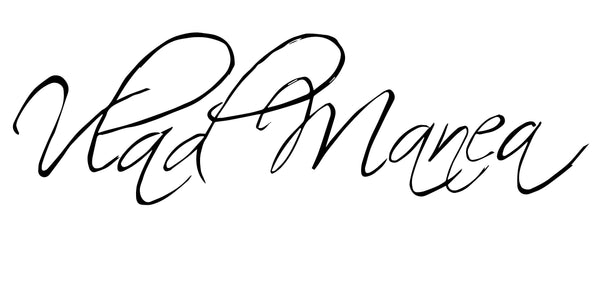What’s the Difference Between Color Grading and Color Correction?
Share
If you’re getting into photo or video editing, you’ve probably heard both terms: color grading and color correction. At first, they might sound like the same thing, but they actually refer to two very different steps in the editing process.
Understanding the difference between them is key if you want your work to look polished and professional—whether you're shooting on a DSLR or a smartphone.
Color Correction: Fixing What’s Wrong
Color correction is the technical, foundational part of the editing process. It’s about making your image look natural and true to life. In this step, you’re adjusting things like:
-White balance (so whites actually look white)
-Exposure and contrast
-Highlights and shadows
-Color casts (like when your image looks too blue or orange)
-Saturation and vibrance
Think of it as cleaning up the image so that it looks accurate and balanced—like what your eyes saw in real life.
If your video or photo is underexposed, has a weird tint, or feels flat, color correction is where you fix all that before you start getting creative.
Color Grading: Adding a Creative Look
Once your image is corrected, color grading is where the creative part begins. This is when you stylize your photo or video to give it a mood, tone, or cinematic feel.
With color grading, you might:
-Add a warm or cool tone to the entire image
-Emphasize certain colors (like making greens pop in a forest scene)
-Desaturate for a muted, filmic look
-Shift highlights and shadows to specific hues (split toning)
-Create a dramatic or emotional vibe
In short, color grading is where you give your work personality. It’s what separates raw footage from a finished, stylized piece.
Why the Difference Matters
Knowing when you’re color correcting and when you’re color grading helps you:
-Avoid over-editing
-Create consistent edits across a series
-Build a reliable editing workflow
-Make your photos or videos look professional, not chaotic
It also helps when using Lightroom, Premiere Pro, or DaVinci Resolve. Each program has tools for both correction and grading—you just need to know what you’re doing in each stage.
Quick Analogy
Think of color correction like prepping your canvas—making sure it’s clean, even, and ready to work on.
Then color grading is the paint you add to create the final masterpiece.
If you're looking to learn how to color grade, I have a manual for that here.
